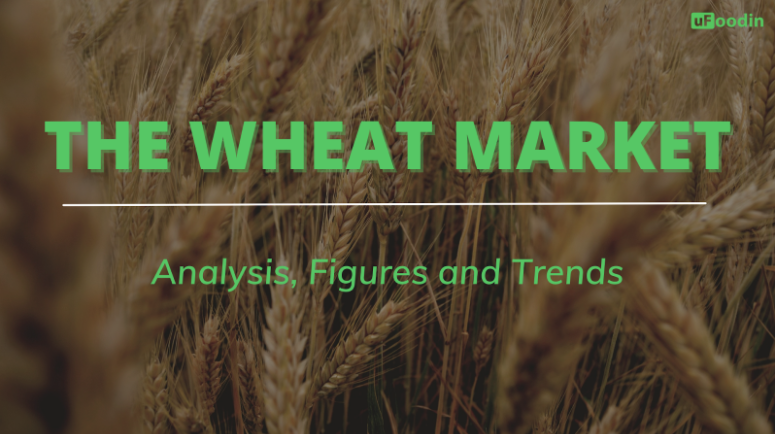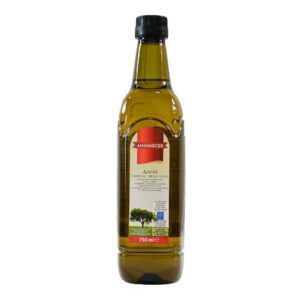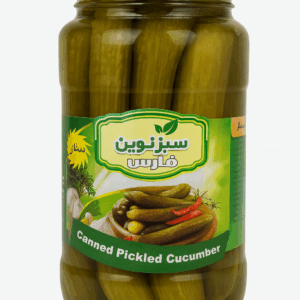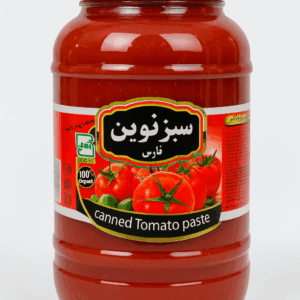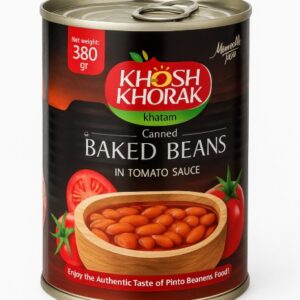The Wheat Market : Analysis & Forecasts
1- The state of the wheat market
“Wheat is a versatile grain that can be grown in a variety of climates and dates back to 10,000 B.C.. The price of the US Dollar is one of the main driving factors of wheat prices as well as supply-demand imbalances.” Markets Insider
The wheat market is a highly competitive one because of the numerous producers active in the industry. On the contrary to other markets, there isn’t any actor who could influence the market’s price with its own output. The price is predetermined and producers should sell at this price.
In the US, wheat is the 3rd largest field crop produced following corn and soybeans. Wheat is marketed as a commodity and consumed worldwide as a staple food in cereals, breads, pasta etc.
According to the US wheat production’s classification, there are 5 major classes : hard red winter, hard red spring, soft red winter, white and durum. They all have a different end-uses :
Hard red winter & hard red spring are for bread flour
Soft red winter is for cakes, cookies, pastries…
White wheat is for noodles, crackers & cereal products
Durum is used for pasta
2- Key Figures
The wheat consumption worldwide accounted for 759.5 million metric ton in 2020
It is forecasted to reach a CAGR of 4.1% by 2026
The largest and fastest growing market is Asia Pacific : China was the leading country worldwide for wheat consumption (137 million metric ton) ; India is the 2nd with 102 million metric ton consumed
In 2019, global wheat production accounted for 765.8 million metric ton, growing by 3.9% compared to the previous year
In 2019, the total area harvested stood 215.9 million hectares
In terms of production in 2019, the leading countries were China (134 million metric ton), India (102 million metric ton) and Russia (75 million metric ton) that accounted together for 41% of the global production
 Statista 2021
Statista 2021
3- Trends :
Organic food grains
Whole grains especially for flour, breads and pasta
A shift to other grains with the “free-from gluten” : rice, chestnuts, coco, corn

